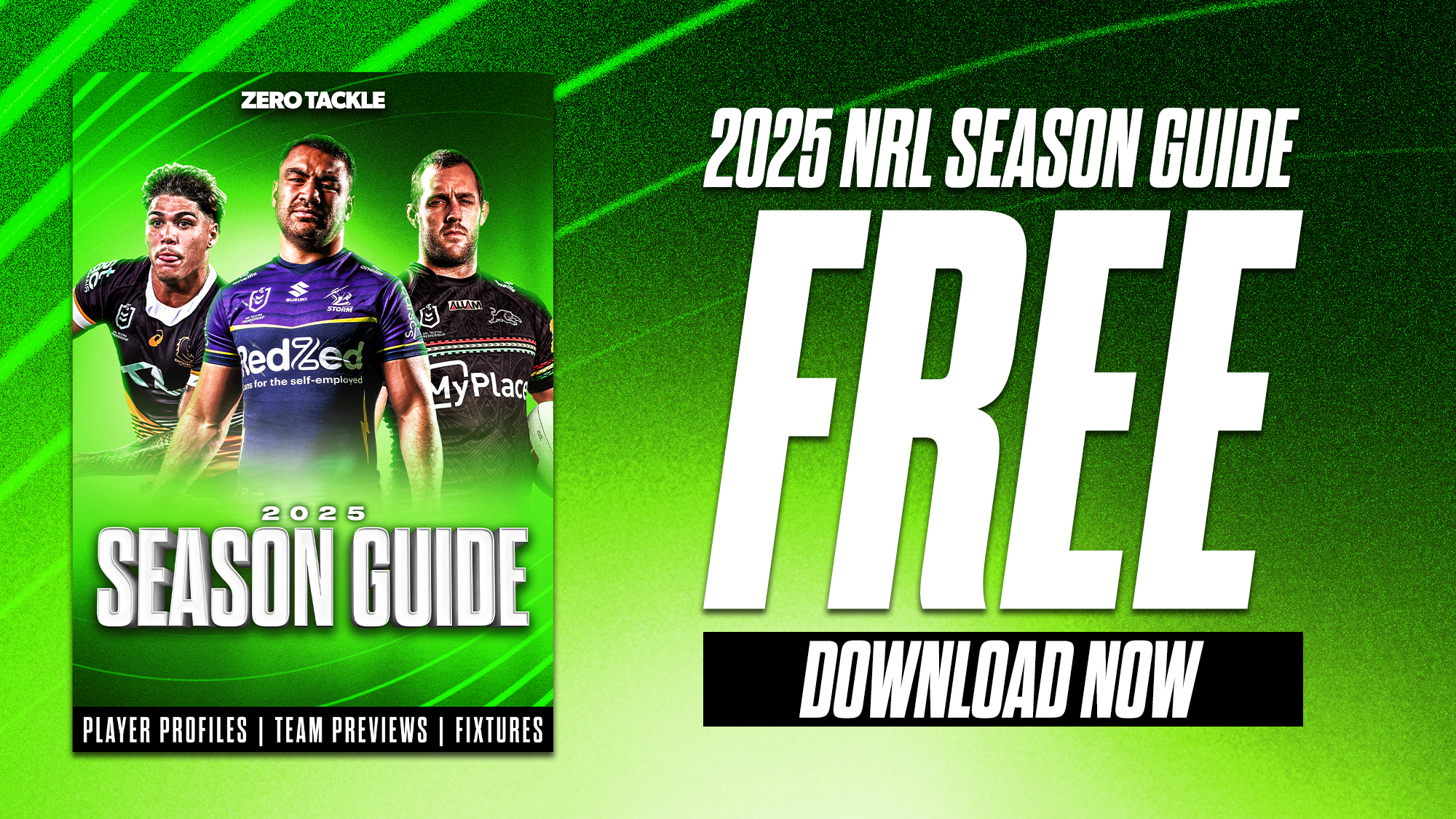Third Party Agreements (TPA) are the easiest way for a club to manipulate the salary cap. Every club knows it. Every club does it. Some clubs are better at it than others. Some clubs have a geographical advantage that they are only too happy to exploit.
In a recent article on NRL.com, Paul Gallen called for more transparency on TPAs stating, in a nutshell, some teams have a greater advantage than others in attracting TPA dollars. This advantage occurs where you have a single town or region team with no direct opposition to attracting third-party sponsors.
When you know you can attract multiple, top dollar TPAs, there is little or no incentive to offer top dollar contracts.
When you're the only dance in town, you can call your own tune.
I have always felt that the single town/region teams have an unfair advantage in this area and it has a knock on effect with the dollars these teams have to offer in an NRL contract. These clubs have been particularly successful in recent years and have largely enjoyed an amazingly stable roster. They all say that players are willing to accept less money to stay with the club or new players are willing to accept a lower contact to move there.
In reality, they can offer undervalued contracts as they have third party suppliers lining up to offer TPAs. The higher the value of the TPAs, the lower the dollar value of the offered contract. Consequently, they have more dollars up their sleeve and can afford to offer an overvalued contract to attract a marquee player.
Lachlan Coote recently knocked back a top dollar contract from the Dragons and accepted a mid-range contract to stay at the Cowboys with the difference being more than made up with TPAs. The rejected contract from the Dragons was several hundred thousand dollars per year higher than the accepted annual contract fee offered by the Cowboys. This is just one of the more notable examples of a contract being undervalued on the basis of “guaranteed” TPAs.
Rather than making them transparent, TPAs can be made irrelevant to the salary cap so the salary cap is fairly applied to all teams. What is needed is a more definitive separation between dollars applied towards the salary cap and the dollars derived from TPAs.
I believe this can be achieved by excluding all TPA dollars from the salary cap/contract fee calculations, using a market generated value for each player as the sole factor in determining how many dollars that player is assigned in the salary cap.
Every club, as part of their recruitment and retention process, has an idea on what each and every NRL player would be worth to their team and how many dollars they would be prepared to shell out for him. If all clubs provided the NRL with their estimate of every player's value, these figures (minus high and low bids) could be averaged to produce a market value price for every player that is truly determined by the market. This could be called the deemed value of the player.
This deemed value is the amount that would be applied towards the salary cap. If, during contract negotiations, a higher figure is offered, then this higher figure is what would be applied towards the salary cap. If a lower contract fee is offered, the deemed value is the amount applied towards the salary cap
This would eliminate the influence of TPAs on the contract dollars being offered. TPAs would then become what they were originally supposed to be - an additional payment on top of a fairly priced contract, rather than the messy backdoor contract payment top-up that they are today.
And it would finally provide a fair impetus for a second Brisbane based team.
Now, about those ridiculous back ended contracts...
























Comments are closed.